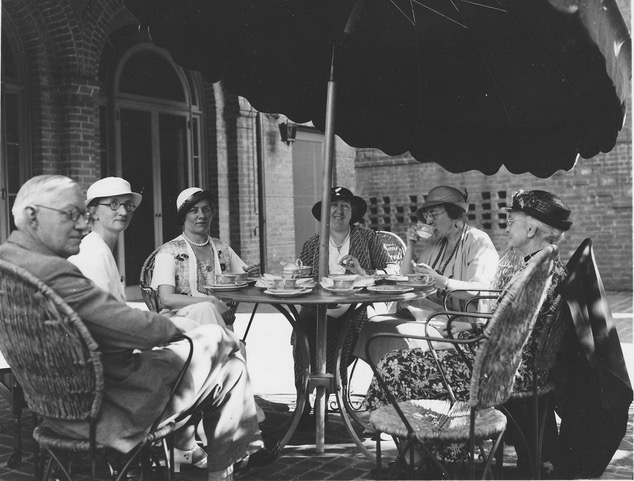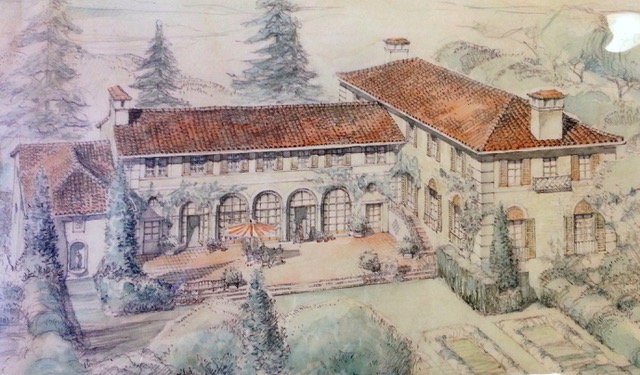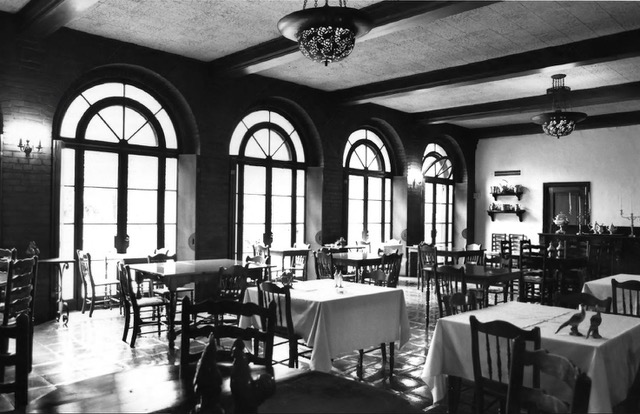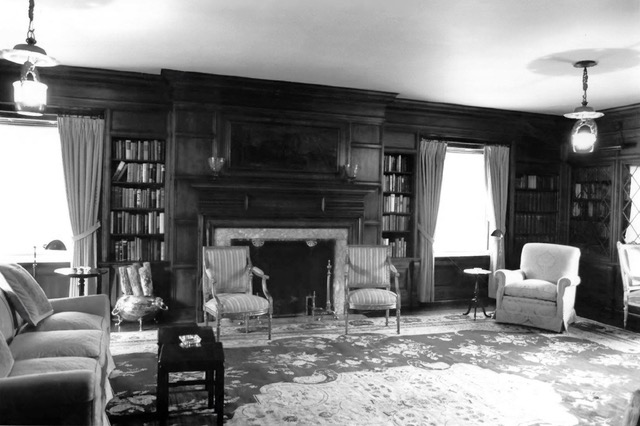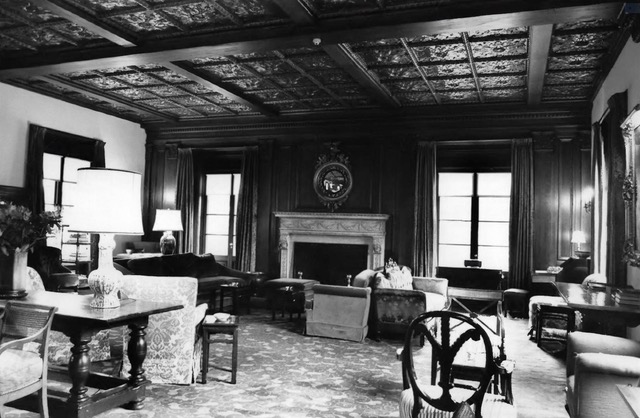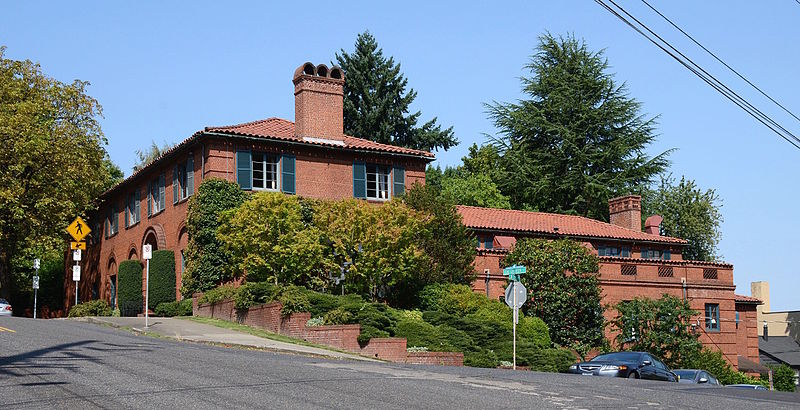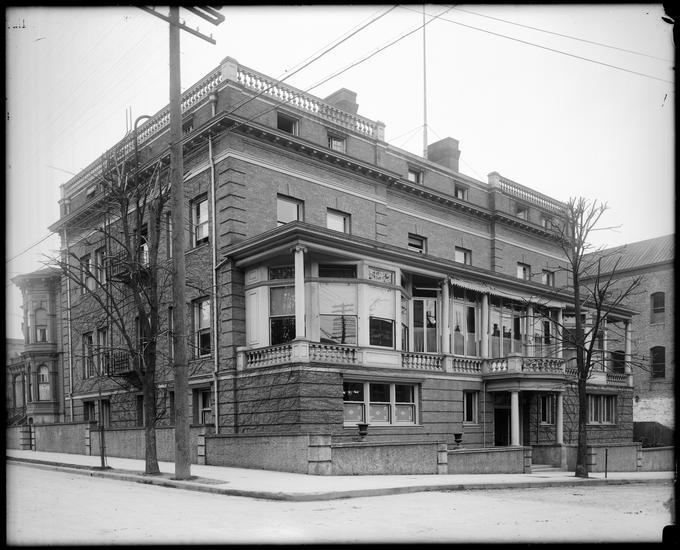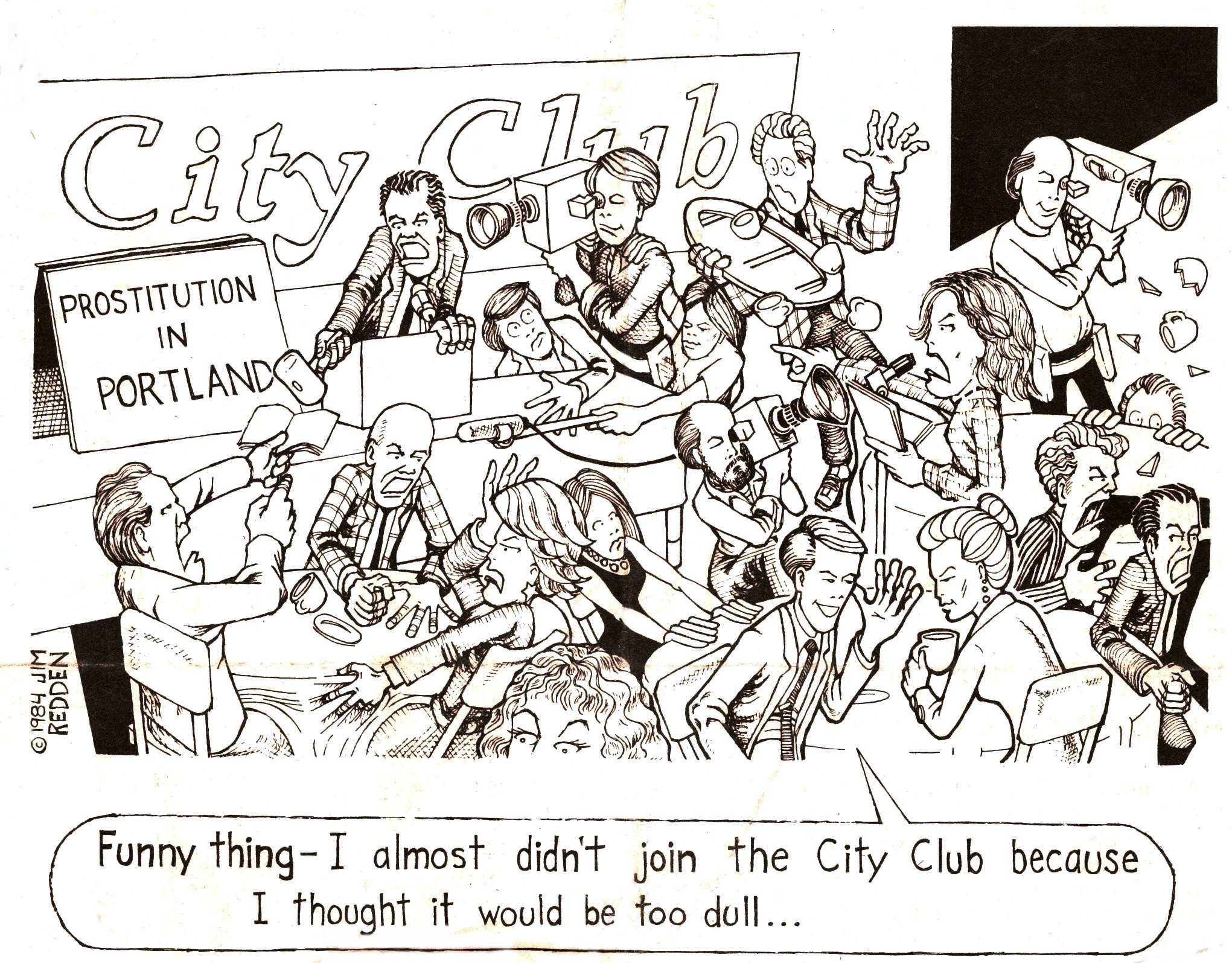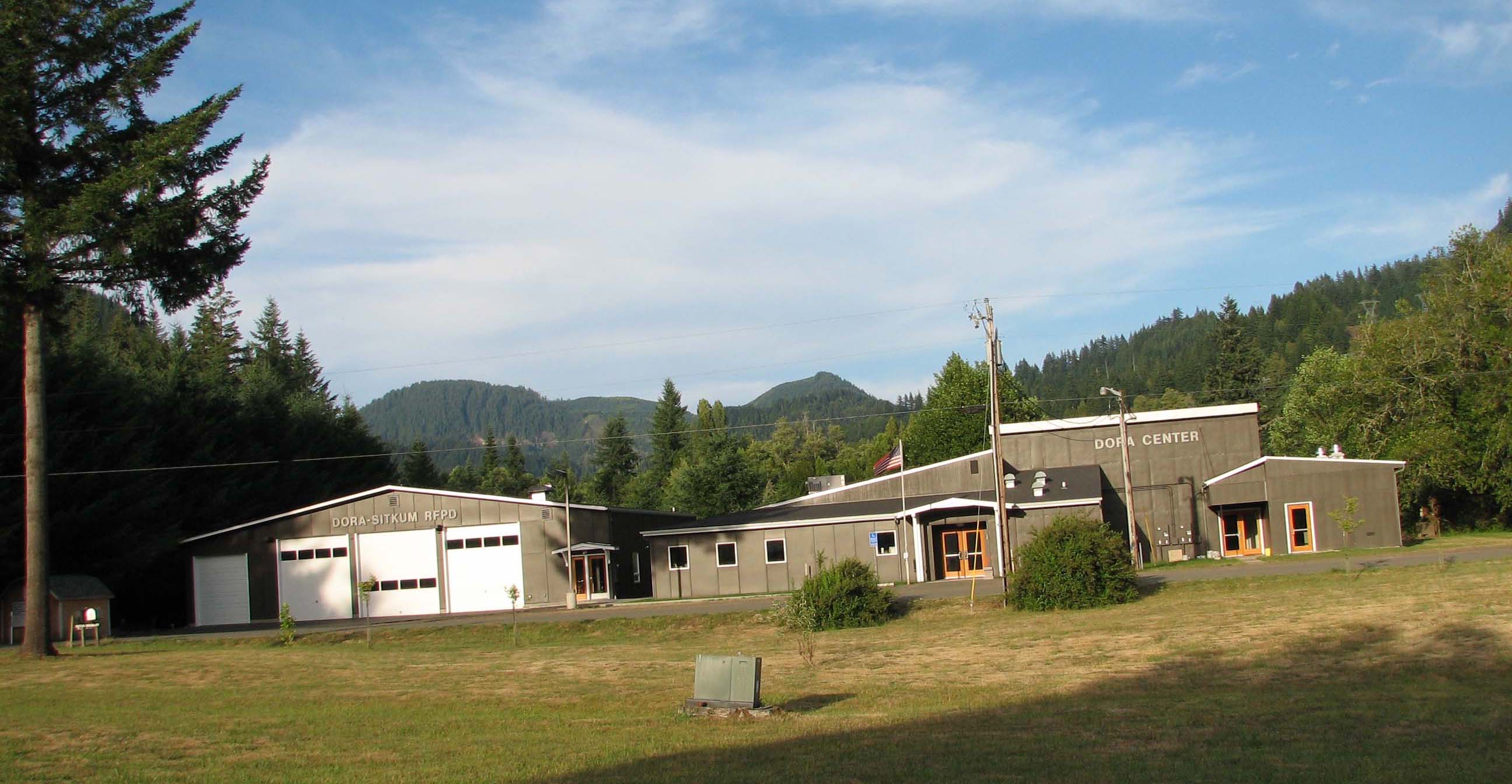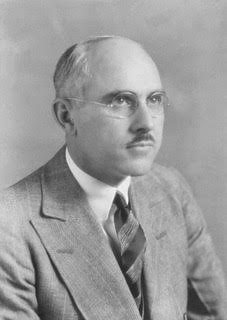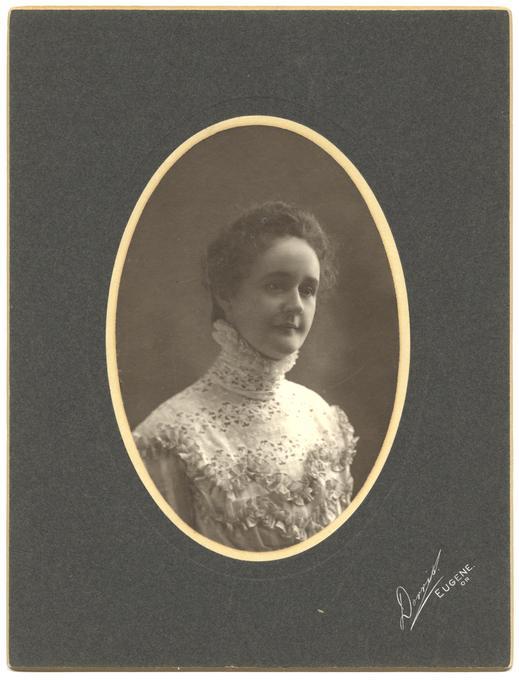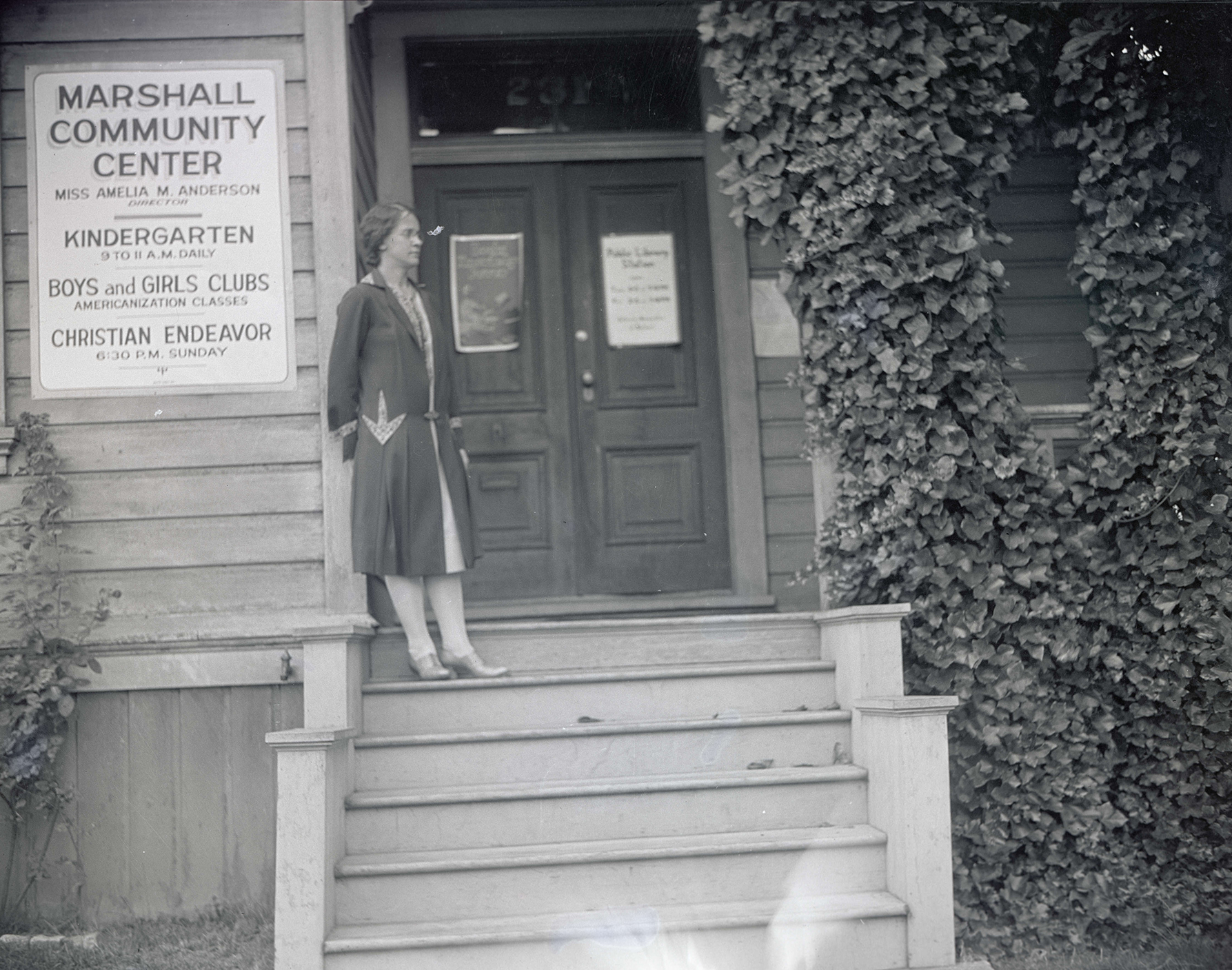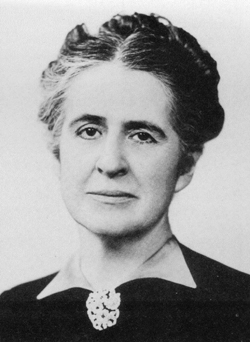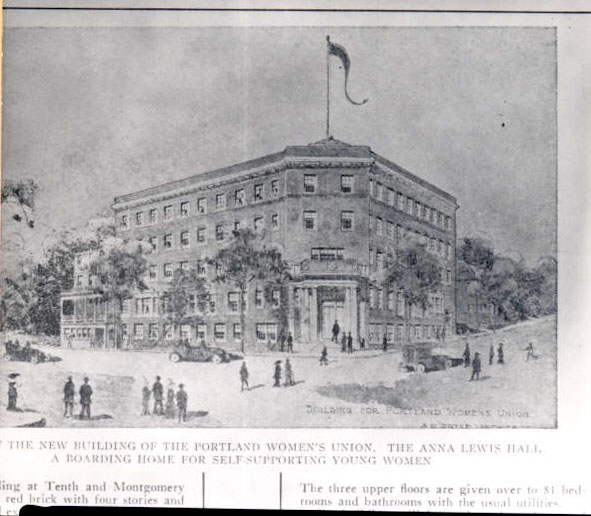The Town Club, housed in a Mediterranean Revival building at Twenty-first Avenue and Southwest Salmon Street in Portland, is among the most prominent women’s clubs in the city’s history. Since its inception, it has served as a focus for social gatherings, civic and cultural events, and charitable activities for Portland’s affluent residents.
In late January 1928, nine women gathered to form an organization that would support their leisure and educational interests. The women—all wives of well-known local businessmen and leaders—were Josephine Chaney (m. Henry F.); Elizabeth Davis (m. Charles H., Jr.); Nan Wood Honeyman (m. David T.); Rhoda Madden (m. Daniel D.); Florence Minott (m. Joseph A.); Caroline Matson (m. Ray W.), Mary Posey (John V. G.); Adelaide Sterling (m. Donald J.); and Catherine Webster (m. Irving L.). They served as the organization’s first directors. Since then, the club they founded has operated as a private association with an exclusive, women-only membership who honor its principles of peer friendship, civic participation, and the cultivation of beauty.
The Town Club began meeting officially in May 1928 in temporary quarters in downtown Portland, not far from the Arlington Club, to which many of the members’ husbands belonged. The Arlington Club served as a model and a source of guidance for the club as it developed its mission and purpose. Membership, which has always been by invitation only, was originally capped at 250 but has varied over the years; by 2021, there were 442 dues-paying members. Women applying for membership were required to be over twenty-one, live within twenty-five miles of Portland, and be admitted by the Board of Governors, who voted in secret.
Nellie Stevens Wilcox (m. Theodore B., Sr.) was elected the first president of the club, and in September 1929 she donated a parcel of land with an established garden on which to build a clubhouse. The women selected architect Folger Johnson, a partner in the firm of Johnson & Wallwork, to design their building. Groundbreaking took place in August 1930, and the building was officially opened in July 1931.
Johnson, who had spent two years studying at the École des Beaux-Arts in Paris during his architectural education, was inspired in his design of the Town Club by a building he had seen while traveling in northern Italy. Among the criteria members had imposed on him was to not obscure the view of Mount Hood from nearby residences, and he created a modified version of the modest brick building that had caught his eye along an Italian roadside. Johnson’s discreet design kept the profile of the building low by splitting the two main levels, which in effect, thanks to the slope of the site, created three stories with five levels. He also adhered to the second constraint of the membership: not to exceed $100,000 in construction cost (the final figure came in at roughly $125,000).
The architecture of the clubhouse is noteworthy for its finely detailed brickwork, harmonious façade with arched windows and recessed entryway, mission-style roofing tiles, and formal garden enclosed by a brick perimeter wall. Inside, paneled woodwork, beamed and coffered ceilings, and quarry tile floors maintain the restrained elegance of the exterior’s Mediterranean style. The club’s lounge is rich in detail, including a coffered cast plaster ceiling decorated with a central rosette painted in blue and gold, a design element that also owed its conception to Johnson’s time in Italy. The Town Club’s architectural merit earned the building a listing on the National Register of Historic Places in 1987.
Because the membership of the Town Club placed such a high value on esthetics and creating a warm and gracious environment, the women set aside $8,000 for furnishings. They expended considerable effort in acquiring unique pieces of furniture and landscaping the garden. Carpets were ordered from China, antiques were either purchased or donated by individual members from their family estates, and the fireplace was framed in travertine.
It was that attentiveness to detail that permeated all aspects of how the Town Club conducted its affairs and contributed to making it an important fixture in the elite cultural life of Portland. The club is respected for the quality of its educational programs and the robust civic engagement of its members. Though it remains staunchly private and accepts only women as members, the Town Club opens its doors to community guests for fine dining, topical programing, and charitable events.
-
![The woman directly behind the umbrella post is Edith Waldo, wife of Town Club architect Folger Johnson and an officer in the club.]()
Town Club tea, 1934.
The woman directly behind the umbrella post is Edith Waldo, wife of Town Club architect Folger Johnson and an officer in the club. Oregon Historical Society Research Library
-
![]()
Town Club Architectural Drawing.
Oregon Historical Society Research Library
-
![]()
Town Club dining room, 1986.
Courtesy National Register of Historic Places, George A. McMath, photographer -
![]()
The Town Club under construction, 1931.
Oregon Historical Society Research Library CN007053
-
![]()
Town Club library, 1986.
Courtesy National Register of Historic Places, George A. McMath, photographer -
![]()
Town Club lounge, 1986.
Courtesy National Register of Historic Places, George A. McMath, photographer -
![]()
The Town Club, Portland, Oregon, 2015.
Courtesy Steve Morgan
Related Entries
-
![Arlington Club]()
Arlington Club
In 1910, the exclusive, all-male Arlington Club built its permanent hom…
-
![City Club of Portland]()
City Club of Portland
City Club of Portland is Oregon’s largest civic affairs group. It is a …
-
![Dora Friendly Club]()
Dora Friendly Club
The Dora Friendly Club is a rural women’s club in eastern Coos County t…
-
![Folger Johnson (1882–1970)]()
Folger Johnson (1882–1970)
Architect Folger Johnson contributed to the cultural vitality of Portla…
-
![Fortnightly Club of Eugene]()
Fortnightly Club of Eugene
Fortnightly Club of Eugene is a women’s study group started in 1893 “to…
-
![Friendly House, Inc.]()
Friendly House, Inc.
The Marshall Street Community Center, founded by the socially minded Fi…
-
![Nan Wood Honeyman (1881–1970)]()
Nan Wood Honeyman (1881–1970)
Nan Wood Honeyman made history as the first woman elected to the U.S. H…
-
![The Martha Washington (building)]()
The Martha Washington (building)
In 1911, the Portland Women’s Union, a group of volunteers who created …
Related Historical Records
Map This on the Oregon History WayFinder
The Oregon History Wayfinder is an interactive map that identifies significant places, people, and events in Oregon history.
Further Reading
"Town Club Starts Seventh Year by Electing Officers." Sunday Oregonian, December 10, 1933.
"Town Club's Teas Are Scheduled." Portland Oregonian, Sunday 12, 1953.

